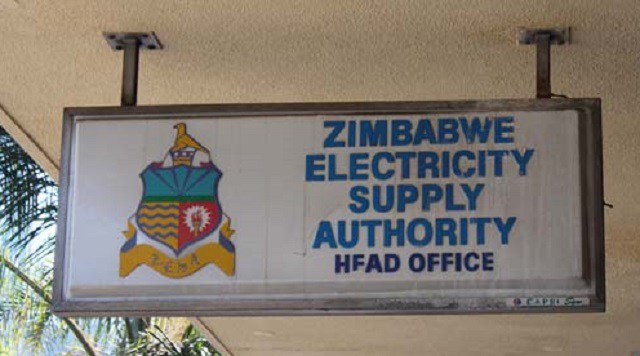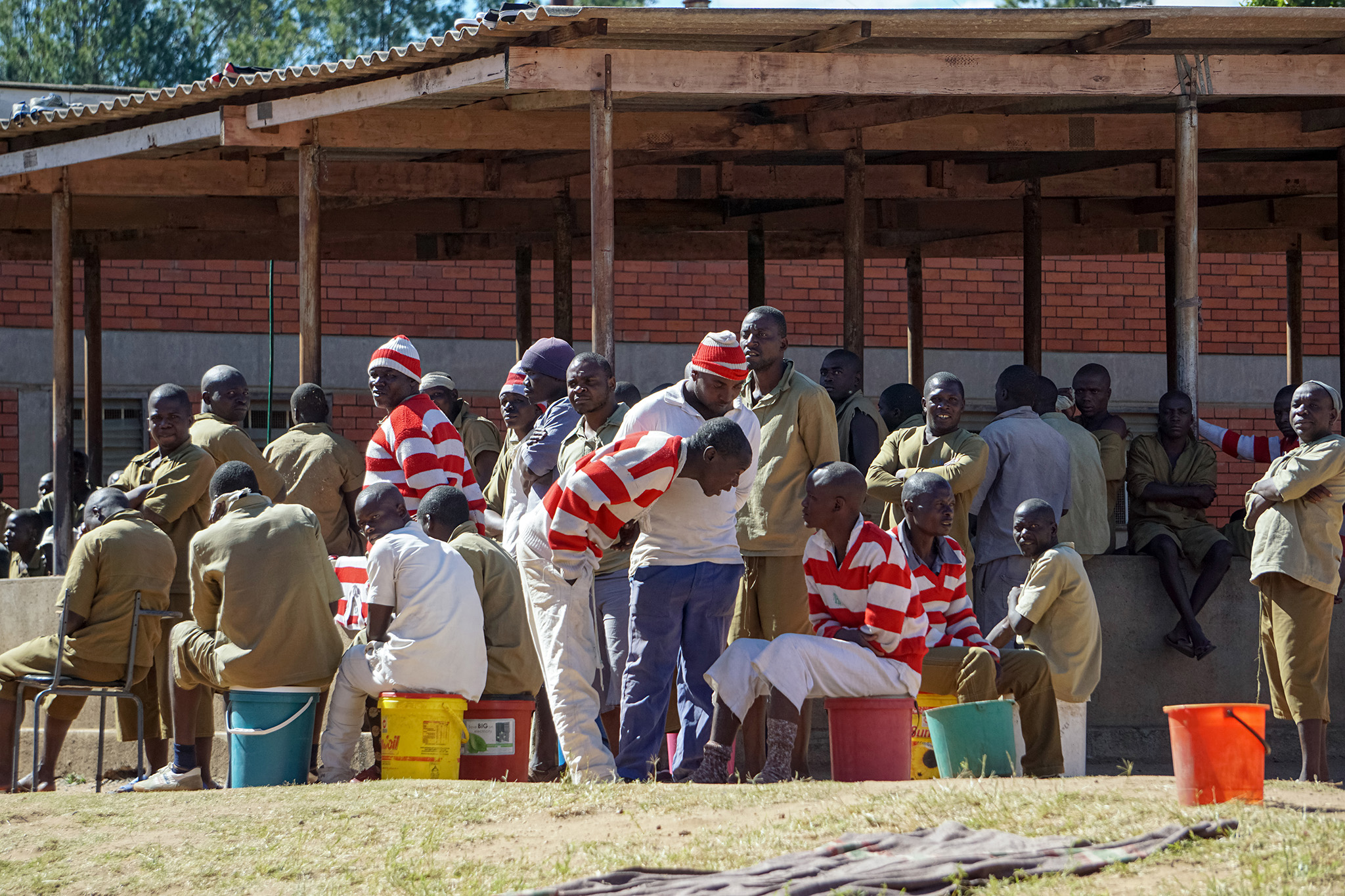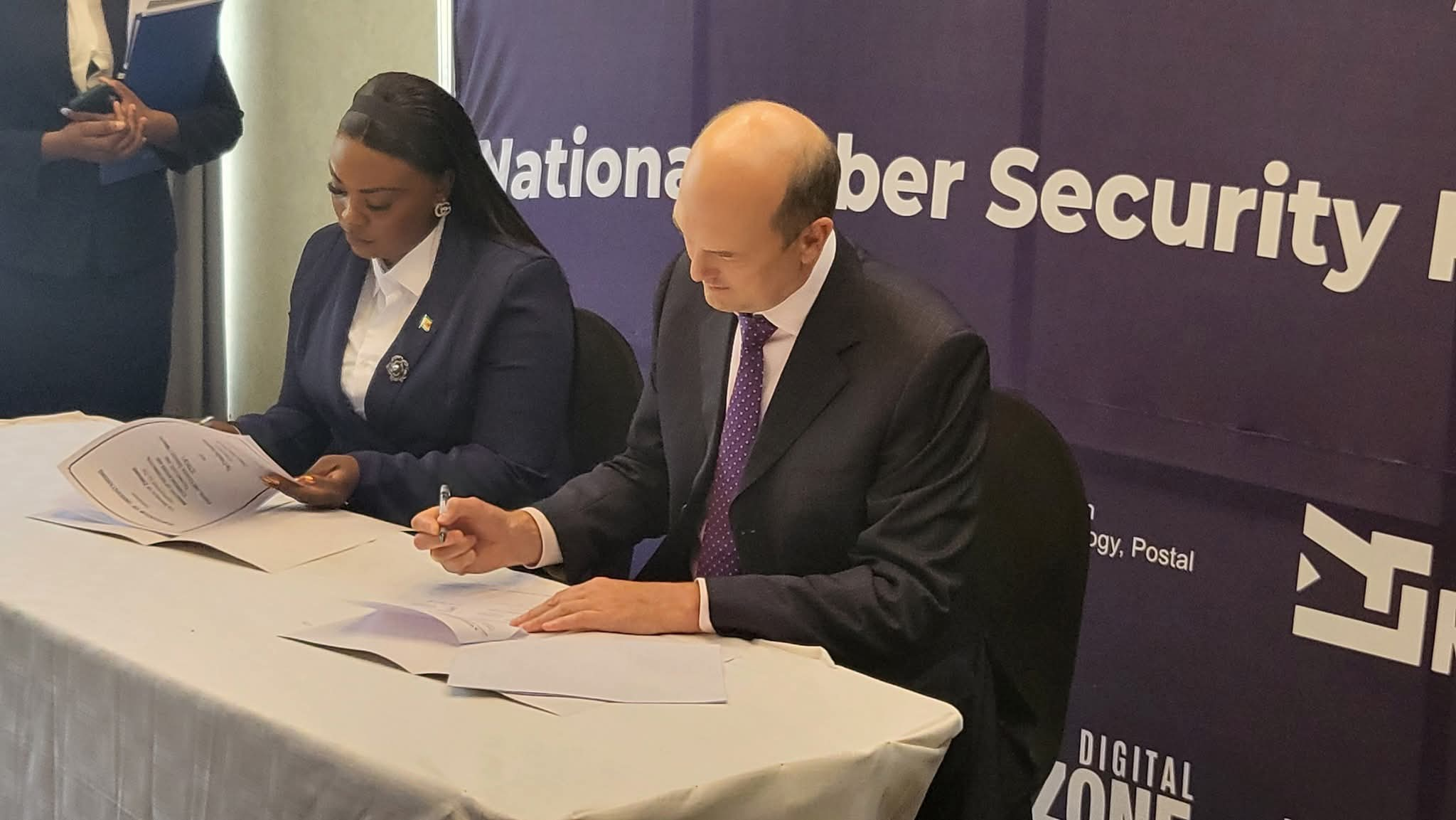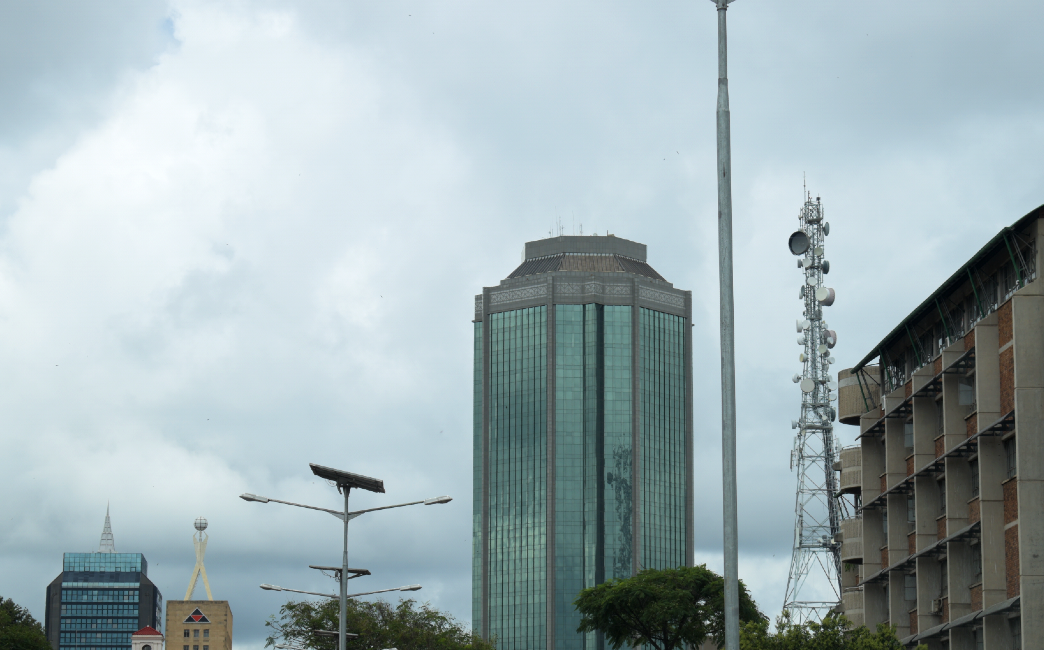Latest News
Top Story
 Delta invests in new Bulawayo brewhouse
Delta invests in new Bulawayo brewhouse Delta Corporation has officially broken ground on a new brewhouse in Belmont, Bulawayo, marking a significant milestone ...
Top Story
 South Africa still a junk economy
South Africa still a junk economy South Africa's gradual structural reforms are breathing life into the economy, but aren't sufficient to lift the growth...
Top Story
 'Some very strange things are happening in China!'
'Some very strange things are happening in China!' President Donald Trump has threatened to pull out of an expected meeting with President Xi Jinping of China after Beijin...
Top Story
 Zimbabwe's dollar stock exchange surges 45%
Zimbabwe's dollar stock exchange surges 45% Zimbabwe's dollar-only stock market is riding a wave of gains, powered by gold miners cashing in on a 48% jump in the p...
Top Story
 Gold edges up as traders await guidance
Gold edges up as traders await guidance Gold edged higher as traders weighed the outlook for US monetary policy ahead of a key speech by Federal Reserve Chair J...
Top Story
 120MW boost as Hwange Unit 6 restored
120MW boost as Hwange Unit 6 restored Zimbabwe's power generation capacity received a significant boost on Tuesday with the successful restoration of Unit 6 ...
Top Story
 Young Investment Professional (YIP) Graduate Programme 2019
Young Investment Professional (YIP) Graduate Programme 2019 Company Name Investec Asset Management Company Location Cape Town, Western Cape, South Africa Click HEREJob descriptionO...












 Young Investment Professional (YIP) Graduate Programme 2019
Young Investment Professional (YIP) Graduate Programme 2019
Editor's Pick